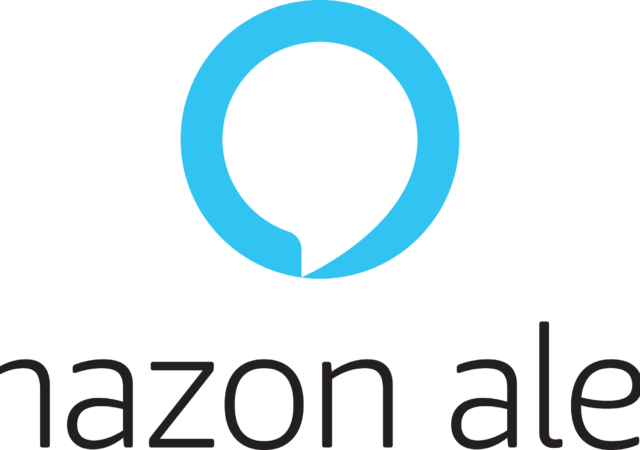ASUS has announced their global giveaway contest, “Upgrade-A-Palooza” to give gamers and PC enthusiasts a chance to win some hardware upgrades for their rigs. If you’ve been looking at upgrading your setup, now’s your chance! The contest is open to…
The Art of Enabling the Disabled
AI and ML are a big thing now. AWS is at the forefront of this technology.
The platform has allowed the tool to be more than just a predictive tool today.



